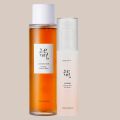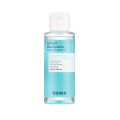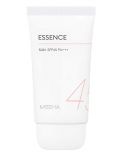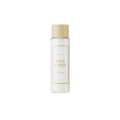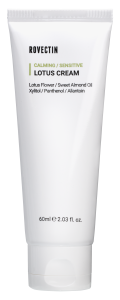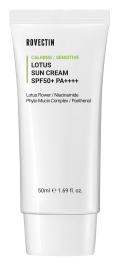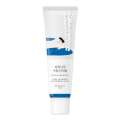Cart is empty

©AlphaCma Pvt. ltd. All Rights Reserved
Sign in to make your next kindmove
©AlphaCma Pvt. ltd. All Rights Reserved
Videos
Read Liked Posts
No Video yet
No collections yet
Videos
Unboxing Snail collagen cream by coxir
Coxir snail collagen cream from big Friday sale
Comments

One of the Best essence for oily skin beauties
Loving this Skinfood essence .. so soothing and hydrating
Comments

Thursday BOXOFFICE Shopping haul
Thursday BOXOFFICE HAUL
Comments

Episode 15: To be honest
In today’s episode of To Be Honest, we’re going all in 4️⃣ the glass skin glow.✨
Our birthday, our recs, specially 4 U.??
Comments

-
Free shipping on
orders above ₹699 -
5 days
easy returns -
100% authentic,
direct sourcing -
2M+ units sold
Have you been kind to yourself today?
Download now, we App-solutely recommend it
Keep up with kindlife
Whatsapp us on +918130287724 to get in touch. Reach out to us from 10AM - 6PM (Mon-Sat), we take a break on weekends (hi boss!)
© 2025 AlphaCMA Private LIMITED. All Rights Reserved.
 All orders
All orders 





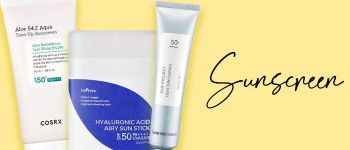
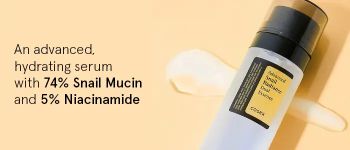


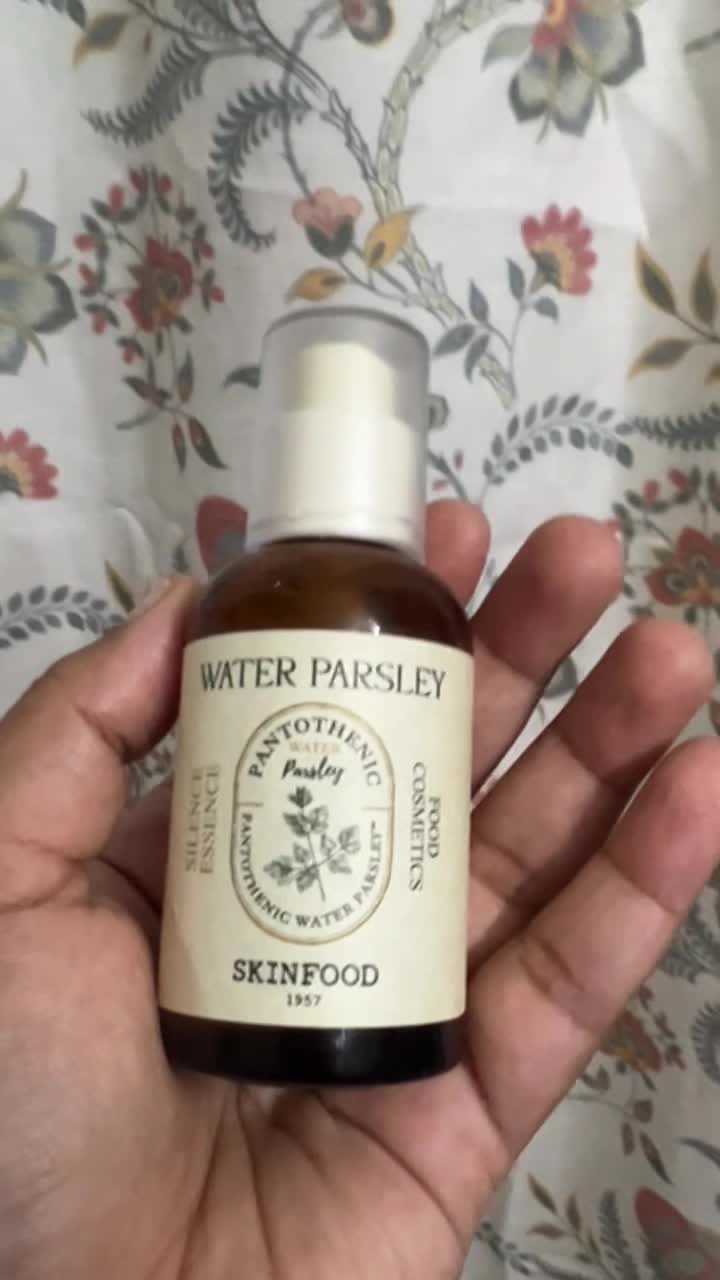


_preview.jpg)




